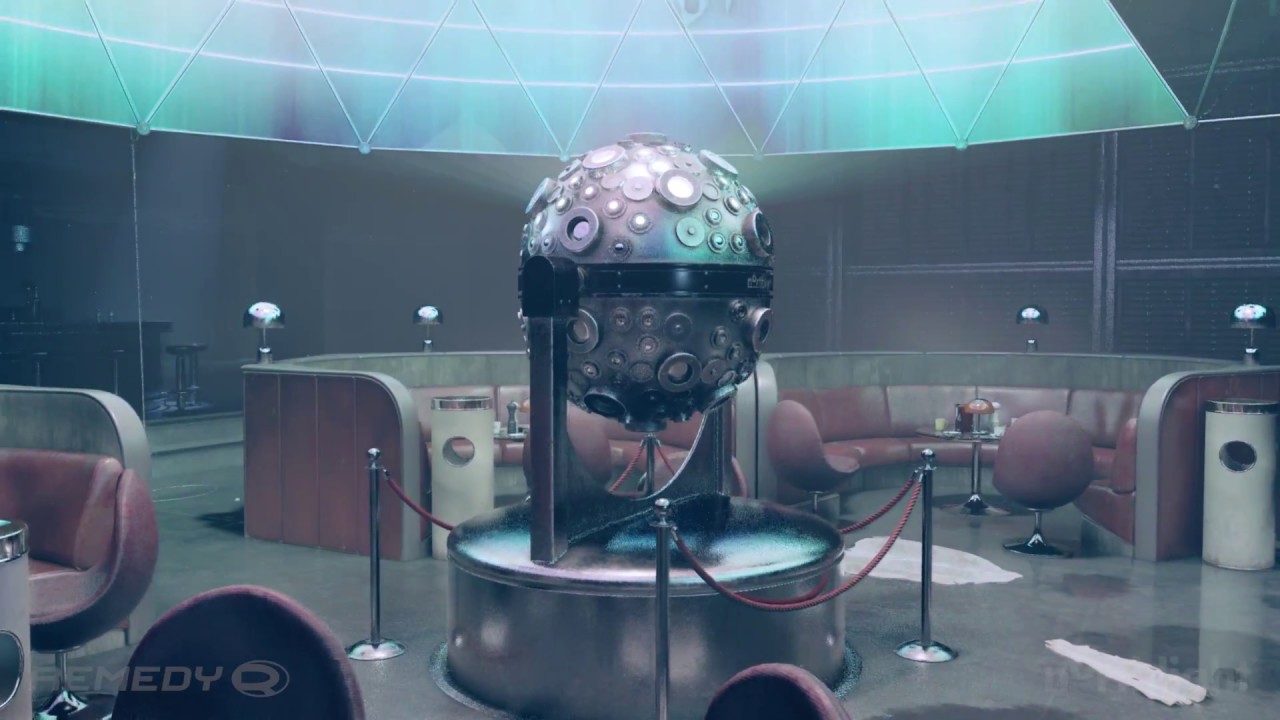
The Game Developers Conference is the big gaming industry focused event (unlike more consumer-oriented events like E3) and as such is the perfect place for the major players to showcase new technology and make big announcements. In the first few days we saw a flurry of exciting announcements made that not only affect the game industry but also cross over into other areas such as CG. With that in mind here’s a quick rundown of the news from last weeks event:
Epic give $12m of paragon assets away for free.

So 12 million dollars worth of stuff; why would they do such a thing? Well let’s have a bit of backstory first; for the last few years Epic have been developing a game called Paragon, a new take on the MOBA genre, it’s key feature was bringing the action closer with a 3rd person perspective, more emphasis on action and some truly stunning graphics. The first announce trailer 2 years ago absolutely blew me away; as a CG nerd the detail in the environments and characters was astounding and at 4k it was just a joy to watch (plus the soundtrack helped). Unfortunately for Epic the game never quite took off as much as they had hoped and when they stumbled on the magic formula of Fortnite + Battle Royale (ironically doing exactly what Paragon was supposed to and unseating League of Legends from its throne atop the Twitch viewer rankings) they decided to pull the plug on Paragon and focus development on Fortnite.
I thought this was a real shame as they created such a rich world and array of characters with Paragon it seemed madness to just give it all up. But it looks like the years of work on Paragon isn’t going entirely to waste and they announced that they were uploading it to the Unreal Marketplace for developers (such as us) to download and do what they like with for free; character models, animation rigs and blueprints, voice assets and, of most interest to us, the environment assets used to create the world. This is another great move from Epic who continue to develop Unreal Engine in new and interesting ways and support their ever-growing community with top-tier free content.
It's finally here; the advent of real-time raytracing

The oft-touted ‘holy grail’ (seriously, almost every article on this subject will say that) of the CG world, real-time raytracing, was unveiled. The first reports came out on Monday with Nvidia announcing support for Microsoft’s new DirectX Raytracing (DXR) API along with Nvidia RTX Technology. DXR will run on older cards (and we’re looking forward to seeing what the performance will be like on our Titan X cards) but RTX will only be available on the new Volta cards; which, at the time of the announcement, were still a mystery! The initial demo from Remedy Entertainment running on their Northlight engine was impressive but, unfortunately, a little disappointing. While some of the detail was good and seeing the complex lighting changes in reflections was great there was just way too much noise on the glossy reflections for us to get properly excited about it (although Nvidia has announced an update for the Gameworks SDK which will include a denoiser to cope with this issue), that was until the Epic ‘State of Unreal’ keynote.
The Star Wars showstopper

Epic had a full day of impressive keynotes lined up for the Wednesday but everything was kicked off in the morning with their ‘State of Unreal’ session. In this they looked at some of the great work produced with the Engine over the last year in a variety of disciplines, covered some impressive new work such as Siren, an Andy Serkis Mocap performance and AR work from Riot. Then a chap called Mohen Leo from ILMxLAB came on stage to talk about how they used Unreal to build the ‘hyper-reality’ experience ‘Secrets of the Empire’, which was all great but it was what he said next that made jaws hit the floor! He announced that they had been working together with Epic, Nvidia and Microsoft on an experimental project showcasing real-time raytracing and, after a brief intro, they brought up a truly stunning demo where they showed changing area lights casting beautiful ray-traced soft shadows from 3 stormtroopers in a scene; adjusting the light position, size and colour updated these shadows on the fly (with a view controlled by an iPad with ARKit link to the rendering PC) all with no noticeable flicker, noise or edge artifacts. The scene was then updated to a more complex environment with moving lights to show off surface reflections before they brought in a much more shiny character (3 guesses who it was) who walked into a different position so they could show off interactive adjustments on a glossy floor which went from a practically mirror surface to almost completely diffuse and then somewhere inbetween; all while the camera position was moving and all in real-time…to say that Monday’s scepticism was banished would be an understatement!
Of course this was just a tech demo, put together by some of the best artists in the world and running on kit out of reach for mere mortals (it was driven by an Nvidia DGX station running 4 Volta GPUs which costs an eye-watering £86,000!) and it remains to be seen how/if any of this will run on more feasible setups, but it represents the beginning of a move towards faster iteration and development in CG and we think that’s a great thing. Our initial thoughts are that the reflections are great but for the majority of projects (and considering that cost) standard reflection maps will be fine, we are excited about those shadows and area lights though as that is one area currently lacking in UE.
There was a lot more at GDC to get excited about this year, the release of Unreal Engine 4.19 was kind of drowned out by the bigger announcements but that too boasts an impressive list of features and updates (certainly when you compare it to the recent feature list for 3DS Max, *sigh* oh dear Autodesk) and 4.20 is around the corner bringing a lot of the features announced at GDC with it. It feels like a really exciting time to be working in CG and we can’t wait to see how we can develop all of this to produce bigger and better 3D experiences, animations and visuals!





